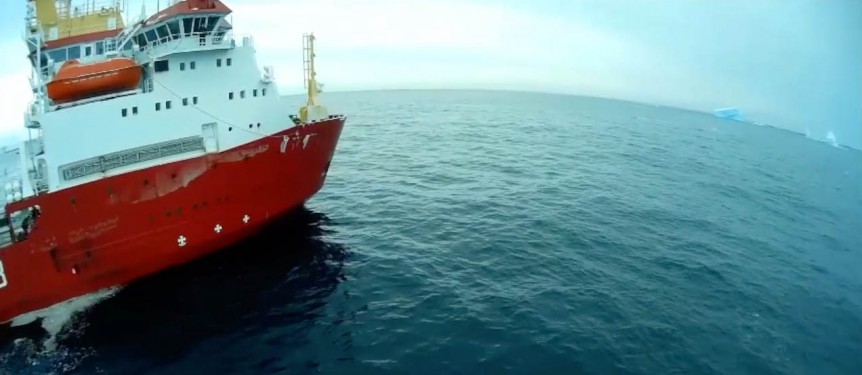Announcing pending bankruptcy last week, Oxis Energy surprised those of us who did not see the impending problem. One major supporter of Oxis is George Bye, because his eFlyer line of aircraft were all slated to fly on their power. Contacted through company Vice President Diane Simard, Bye issued the following statement: “Bye Aerospace’s eFlyer 800 program remains on track,” said George E. Bye, CEO of Bye Aerospace. “We continue to support Oxis Energy, their lithium-sulfur cell technology, leadership, team and owners. These types of transitions occur in every industry.” Other batteries may wait in the wings, so to speak. Oxis prefaced its web site with the following announcement: “OXIS Energy Limited is in administration. Simon Girling and Christopher Marsden were appointed Joint Administrators of the Company on 19 May 2021. Simon Girling is authorized to act in the UK as an Insolvency Practitioners by the Insolvency Practitioners Association. Christopher Marsden is authorized to act in the UK as an …
SULSA Guides the Royal Navy
We reported on the reputedly first 3D-printed airplane, a laser-sintered plastic craft with a structure we compared to that of the WWII Wellington bomber, almost five years ago. Since then, the aircraft has been dubbed SULSA (Southampton University Laser Sintered Airplane) and taken its place with the Royal Navy. Jim Scanlan, lead academic on the project and professor of design within engineering and the environment at the University, explains, “Not all of our aircraft are 3D printed and the biggest one is around 60 per cent 3D printed. At the moment we make this lovely sophisticated lightweight structure and then spend a week making all the wiring and soldering. It’s labor-intensive and error prone. Our vision is that we print all the wiring into the structure at the same time and that will be a huge step forward.” He credits the designer of the Wellington for inspiring the small craft’s internal geodesics. “Barnes Wallis developed a very efficient geodesic structure …
Yet Another Printed Airplane, And a Plastic Rolls-Royce Turbofan
Fariss Samarrai of the University of Virginia reported on two fellow students and a faculty advisor who “printed” a two-meter (6.5 feet) wingspan airplane. Third year engineering student Steven Easter was part a group that “built” a one-quarter scale Rolls-Royce turbofan replica using 3D printing, a method in which components are created from thin layers of material fused together. Because the material used was plastic, the engine cannot be “fired up,” but is run with compressed air. It would be nice to think that all the pieces come out neatly finished and ready to go, but in this project, students had to add a great deal of hand finishing and assembly. According to Popular Mechanics, “…[faculty advisor David] Sheffler gave the students CAD (computer-aided design) files for the 43 parts of the replica engine. But it wasn’t as easy as just plugging those instructions into a 3D printer. The students modified and refined those designs to ensure that the engine would …
If You Can Draw It, We Can Print It – In 3D
Students and faculty at the University of Southampton on the southern English coast have created an unmanned aerial vehicle (UAV) in just a week, from the initial design to the finished, flying object. “Printed” from nylon on an EOS EOSINT P730 nylon laser sintering machine, the plane emerges from the device in successive layers and comes with hinges already in place, emulating the bearings, crank and headset-in-place bicycle recently produced by EADS (Airbus) using similar technology and materials. http://www.youtube.com/watch?v=aFFFiB_if18 Part of a “ground-breaking” course of study “which enables students to take a Master’s Degree in unmanned autonomous vehicle (UAV) design,” the Southampton University Layer Sintered Aircraft (SULSA) can be snap-fitted together in minutes without tools. SULSA has a 2-meter (6.4 feet) wingspan and an electric motor reputed to be “almost silent” in cruise mode (but not so much in launch mode as the video reveals). It is steadied by a “miniature autopilot developed by Dr. Matt Bennett, one of the …


